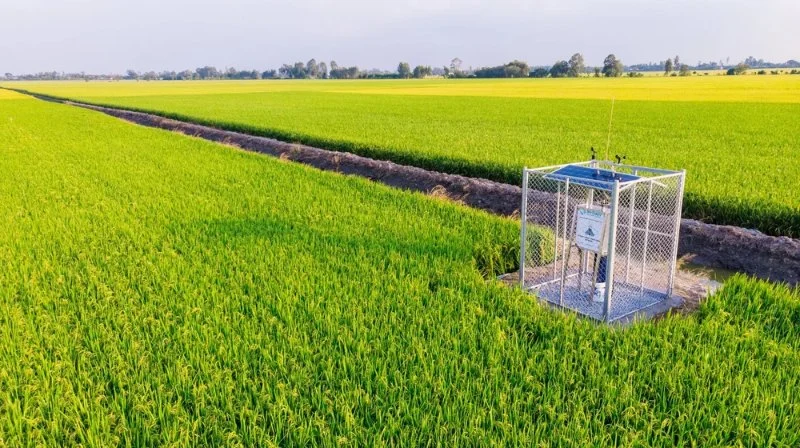
- Why Smart Devices Are Effective for Insect Alerts
- Top Smart Devices for Insect Detection
- How to Set Up Smart Devices for Insect Alerts
- Best Practices for Using Smart Pest Devices
- How PestControlHub Can Help
Why Smart Devices Are Effective for Insect Alerts
Smart devices have revolutionized the way we approach pest control, providing homeowners with an advanced solution for insect detection and prevention. Insects, such as mosquitoes, termites, ants, and cockroaches, can cause damage to homes and pose health risks. However, smart pest detection devices offer a proactive and non-invasive way to deal with these nuisances before they become a major problem.
One of the key benefits of using smart devices for insect alerts is their ability to detect pests in real-time, notifying homeowners instantly when activity is detected. This immediate response allows for quick action, reducing the need for more aggressive pest control measures later on. With the right devices in place, you can easily monitor your home for insects, making pest management more efficient and less time-consuming.
Top Smart Devices for Insect Detection
There are several innovative smart devices available today that can help you detect insects and alert you to potential infestations. Here are some of the top smart devices for insect alerts:
1. Smart Mosquito Traps
Smart mosquito traps use advanced sensors to detect the presence of mosquitoes and other flying insects. These traps often use a combination of light, heat, and carbon dioxide to attract mosquitoes, and once they enter the trap, they are captured or eliminated. Some devices also come with smartphone apps that notify you when a mosquito is caught, helping you stay one step ahead in the battle against these pesky insects.
2. Motion-Activated Insect Detectors
Motion-activated insect detectors are designed to sense the movement of insects, particularly pests like ants and flies, in and around your home. These devices use motion sensors to identify activity and send instant alerts to your smartphone. They can be placed in strategic areas, such as kitchens, bathrooms, or entryways, where insects are most likely to enter.
3. Smart Pest Control Systems
Smart pest control systems offer a comprehensive approach to insect monitoring and prevention. These systems often combine sensors, cameras, and automated traps to detect and eliminate pests. Some models even allow you to monitor insect activity remotely through a mobile app, enabling you to control the system from anywhere. Additionally, these systems can be programmed to send alerts when pests are detected or when the system needs maintenance.
4. Smart Termite Detectors
Termites can cause significant structural damage to homes, and early detection is crucial to preventing costly repairs. Smart termite detectors use sensors embedded in the walls or ground to detect changes in moisture levels or movement within wooden structures. Once termites are detected, the device sends an alert, allowing you to take action before a full infestation occurs.
How to Set Up Smart Devices for Insect Alerts
Setting up smart devices for insect alerts is straightforward, but it's important to follow the manufacturer's instructions to ensure optimal performance. Here’s how to set up these devices effectively:
1. Choose the Right Device for Your Needs
First, consider the type of insects you are trying to detect. If you are concerned about mosquitoes, a smart mosquito trap would be ideal. For ants and other crawling insects, a motion-activated insect detector may be the best option. Make sure to choose a device that matches the specific pests you want to monitor.
2. Place the Device in Key Areas
To maximize the effectiveness of your smart pest device, place it in areas where pests are likely to be found. For mosquitoes, position traps near windows or doors, where they may enter. For ants or flies, place detectors in the kitchen, pantry, or near trash cans. Ensure the device is positioned in a way that allows it to detect pests effectively, such as in areas with high foot traffic or entry points.
3. Connect to the Mobile App
Most smart insect detection devices come with a companion mobile app that allows you to monitor the device's performance, receive alerts, and control settings remotely. After setting up the physical device, download the app and follow the setup instructions. Ensure that your device is connected to your Wi-Fi network so it can send real-time alerts to your phone.
4. Regular Maintenance and Calibration
Once your smart pest device is set up, it’s important to perform regular maintenance to keep it functioning properly. This may include cleaning traps, replacing batteries, or calibrating sensors. Make sure to follow the recommended maintenance schedule from the manufacturer to keep the device working at its best.
Best Practices for Using Smart Pest Devices
To get the most out of your smart insect alert devices, it’s important to follow these best practices:
1. Monitor Alerts and Act Quickly
Smart devices are most effective when owners act quickly in response to alerts. If your device detects an insect or pest, don’t delay in addressing the issue. Depending on the device, you may need to dispose of caught insects or activate a pest control feature. Quick action can prevent infestations from escalating.
2. Combine Devices for Comprehensive Coverage
While a single device can be effective, combining multiple devices can provide more comprehensive coverage. For example, using both a mosquito trap and a motion-activated detector can help you tackle different types of pests. Place devices in different rooms or areas for maximum coverage and early detection.
3. Stay Consistent with Maintenance
Regular maintenance is key to ensuring that your smart pest control devices continue to work effectively. Clean traps, replace batteries, and check for any malfunctions regularly. A well-maintained device will always provide accurate alerts and keep your home pest-free.
How PestControlHub Can Help
If you’re looking for the best smart devices for insect alerts, PestControlHub is your one-stop destination. We offer a wide range of smart pest detection devices that can help you manage and prevent insect infestations in your home. From mosquito traps to comprehensive pest control systems, we have the right solutions for every need.
Visit PestControlHub today to explore our selection of smart pest devices and learn more about how they can help you protect your home from unwanted pests!


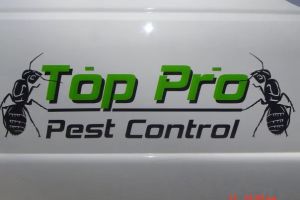

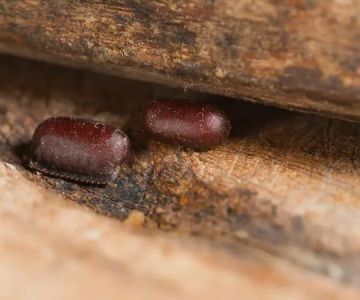
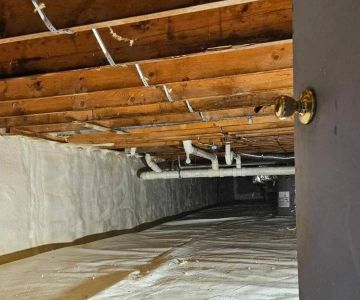



 JEM Pest Solutions4.0 (39 reviews)
JEM Pest Solutions4.0 (39 reviews) Coastal Pest Control4.0 (12 reviews)
Coastal Pest Control4.0 (12 reviews) Outer Banks Pest Control4.0 (208 reviews)
Outer Banks Pest Control4.0 (208 reviews) Ehrlich Pest Control4.0 (278 reviews)
Ehrlich Pest Control4.0 (278 reviews) Upstate Wildlife Solutions LLC5.0 (14 reviews)
Upstate Wildlife Solutions LLC5.0 (14 reviews) Greenix Pest Control4.0 (577 reviews)
Greenix Pest Control4.0 (577 reviews)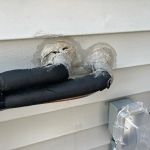 How to Seal Entry Points Around Piping: Effective Methods for Home Protection
How to Seal Entry Points Around Piping: Effective Methods for Home Protection How to Control Pests in Underground Crawl Spaces: A Comprehensive Guide
How to Control Pests in Underground Crawl Spaces: A Comprehensive Guide How to Keep Crawlspaces Dry and Pest-Free: Essential Tips
How to Keep Crawlspaces Dry and Pest-Free: Essential Tips How to Seal Entry Points in Foundation Cracks – Essential Guide
How to Seal Entry Points in Foundation Cracks – Essential Guide How to Use Low-Toxicity Sprays in Sensitive Areas – Safe Pest Control Solutions
How to Use Low-Toxicity Sprays in Sensitive Areas – Safe Pest Control Solutions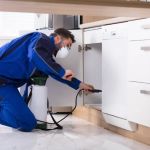 Safe Pest Control Around Food Storage Areas – Tips for Effective and Safe Solutions
Safe Pest Control Around Food Storage Areas – Tips for Effective and Safe Solutions